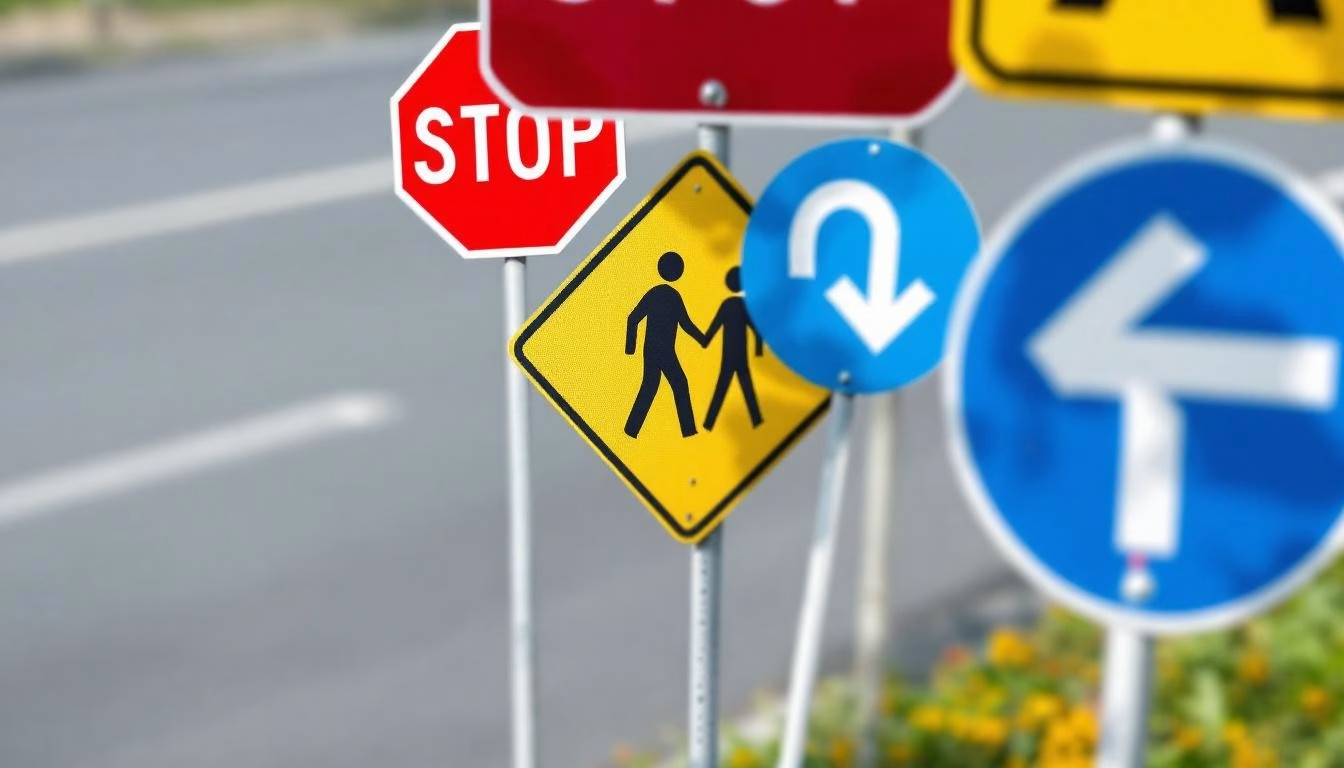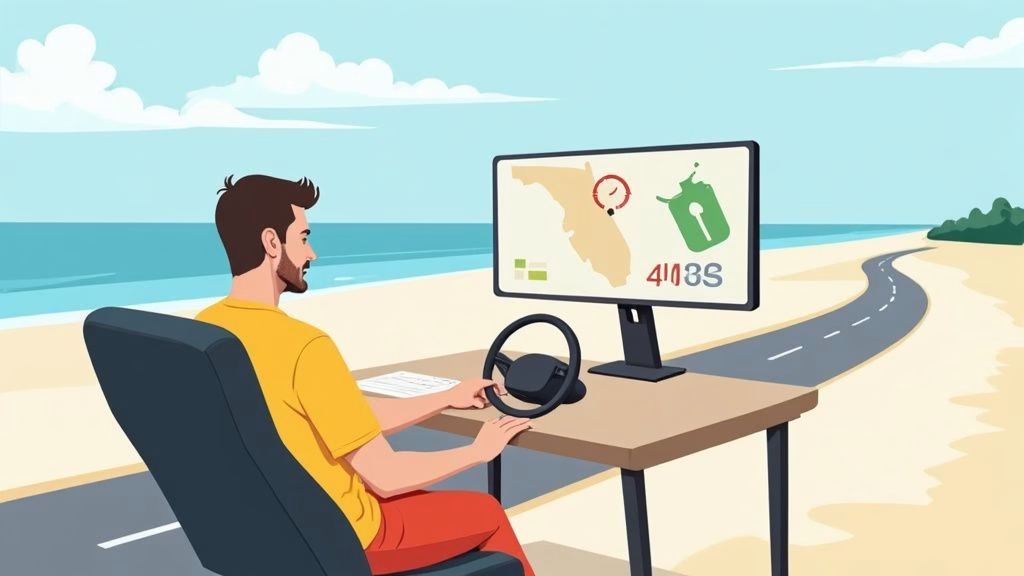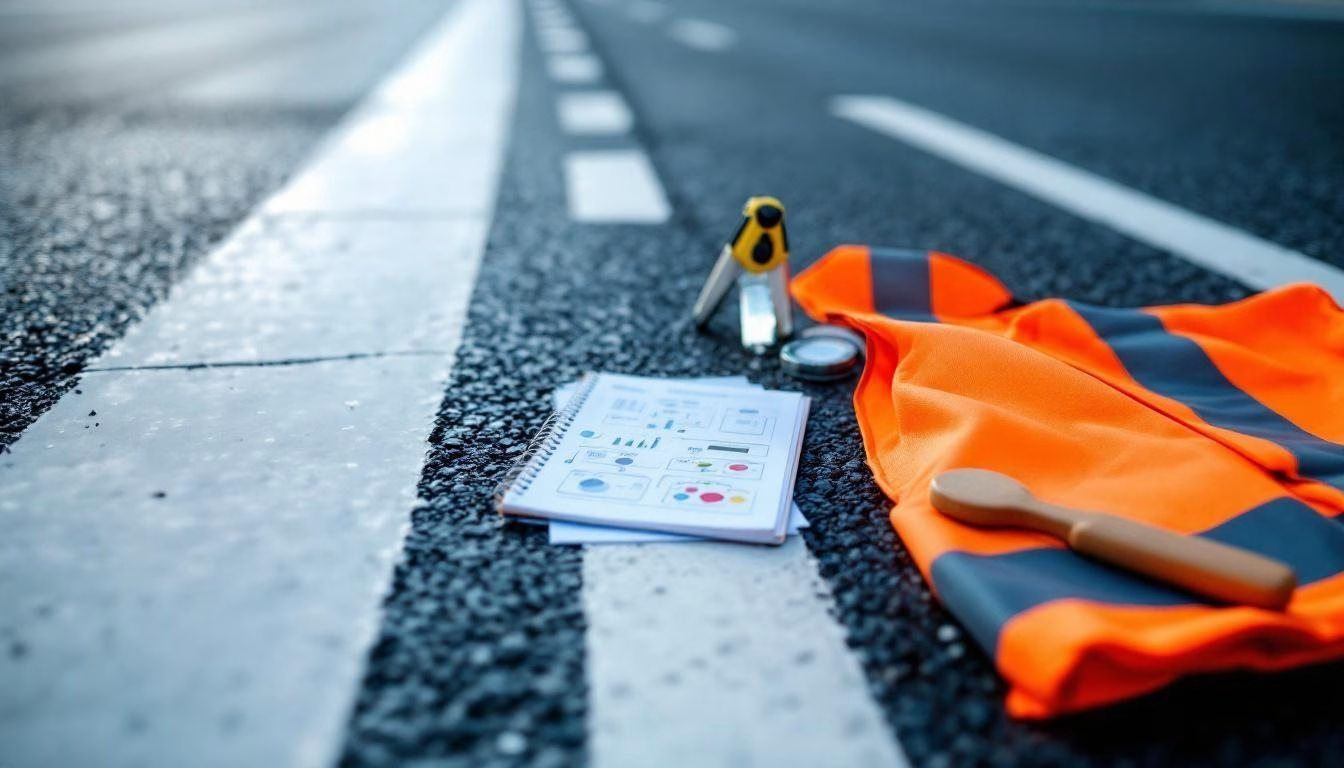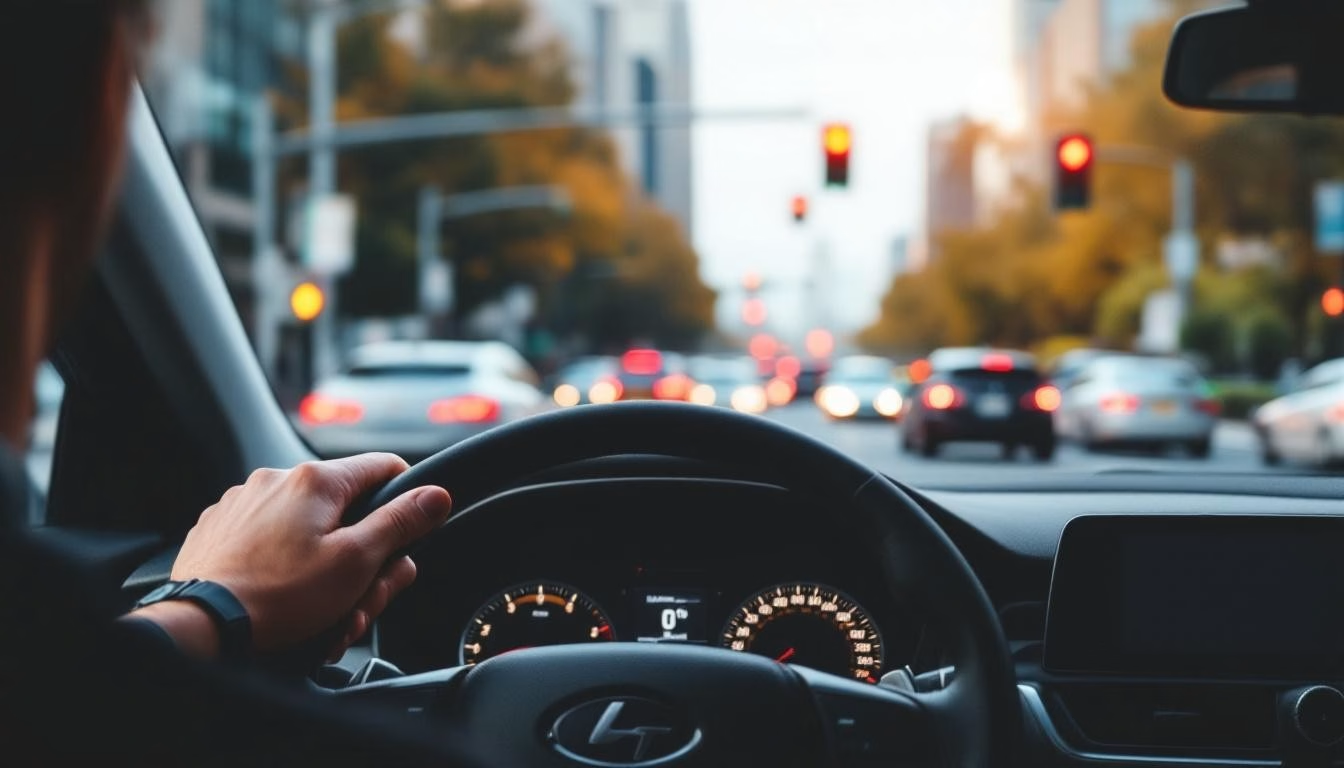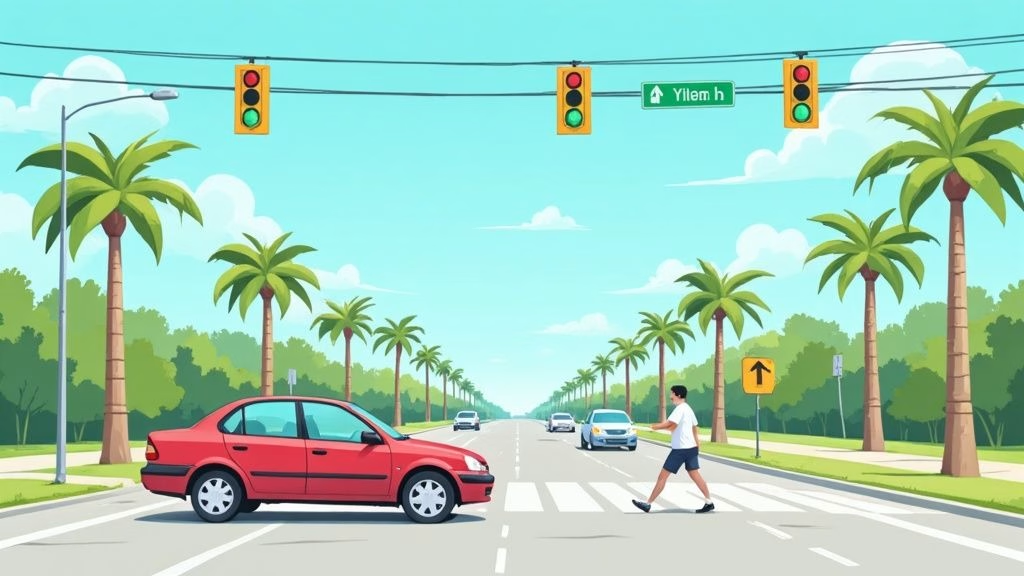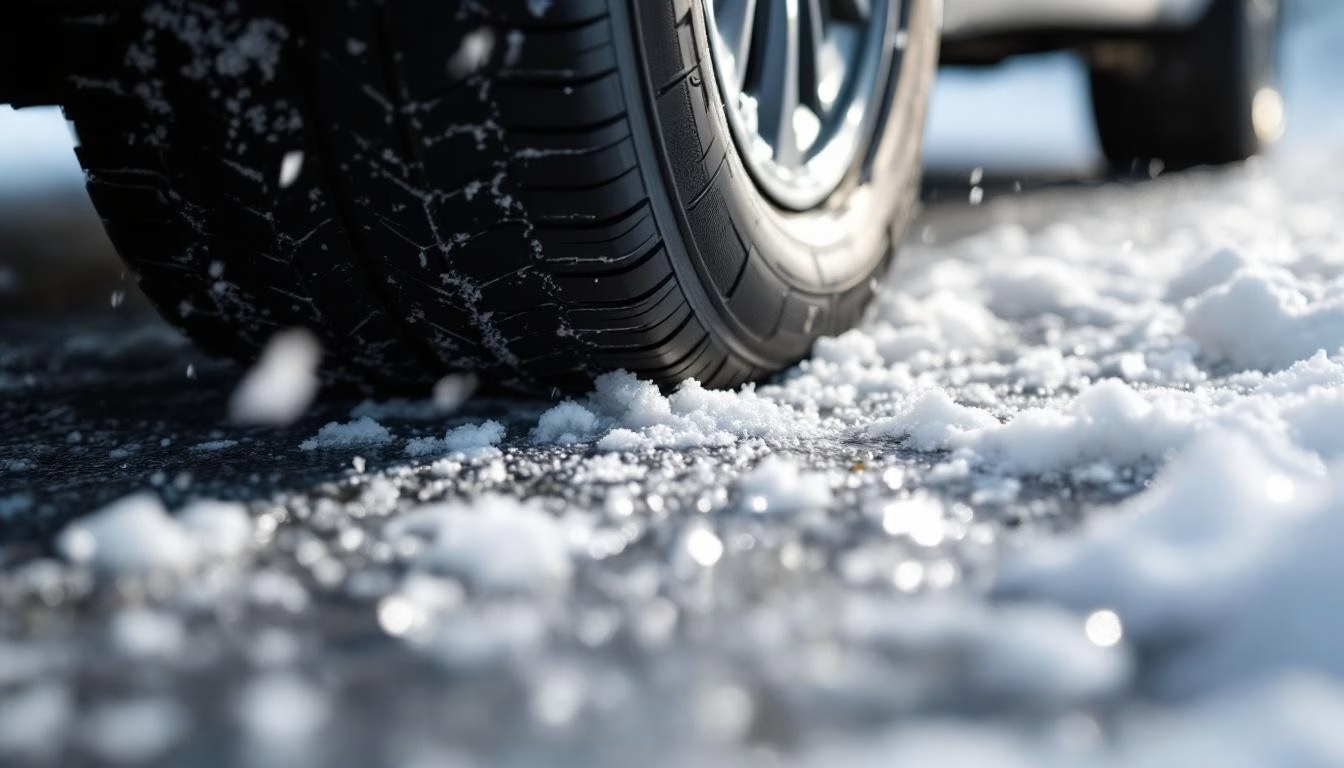Minor car accidents happen to millions of drivers every year, often when they least expect it. The moments following a collision can feel overwhelming and confusing.
Knowing what to do after a minor car accident can save you time, money, and legal headaches down the road. We at floridanewdriver.com have created this step-by-step checklist to guide you through the process with confidence.
What Should You Do First at the Accident Scene
Your safety comes first the moment metal meets metal. Statistics from the National Highway Traffic Safety Administration show that secondary accidents at crash scenes injure thousands of drivers annually who failed to prioritize immediate safety measures. The Texas Department of Transportation reported 250,335 injuries from motor vehicle accidents in 2022, with many occurring because drivers made poor decisions in those first critical minutes.
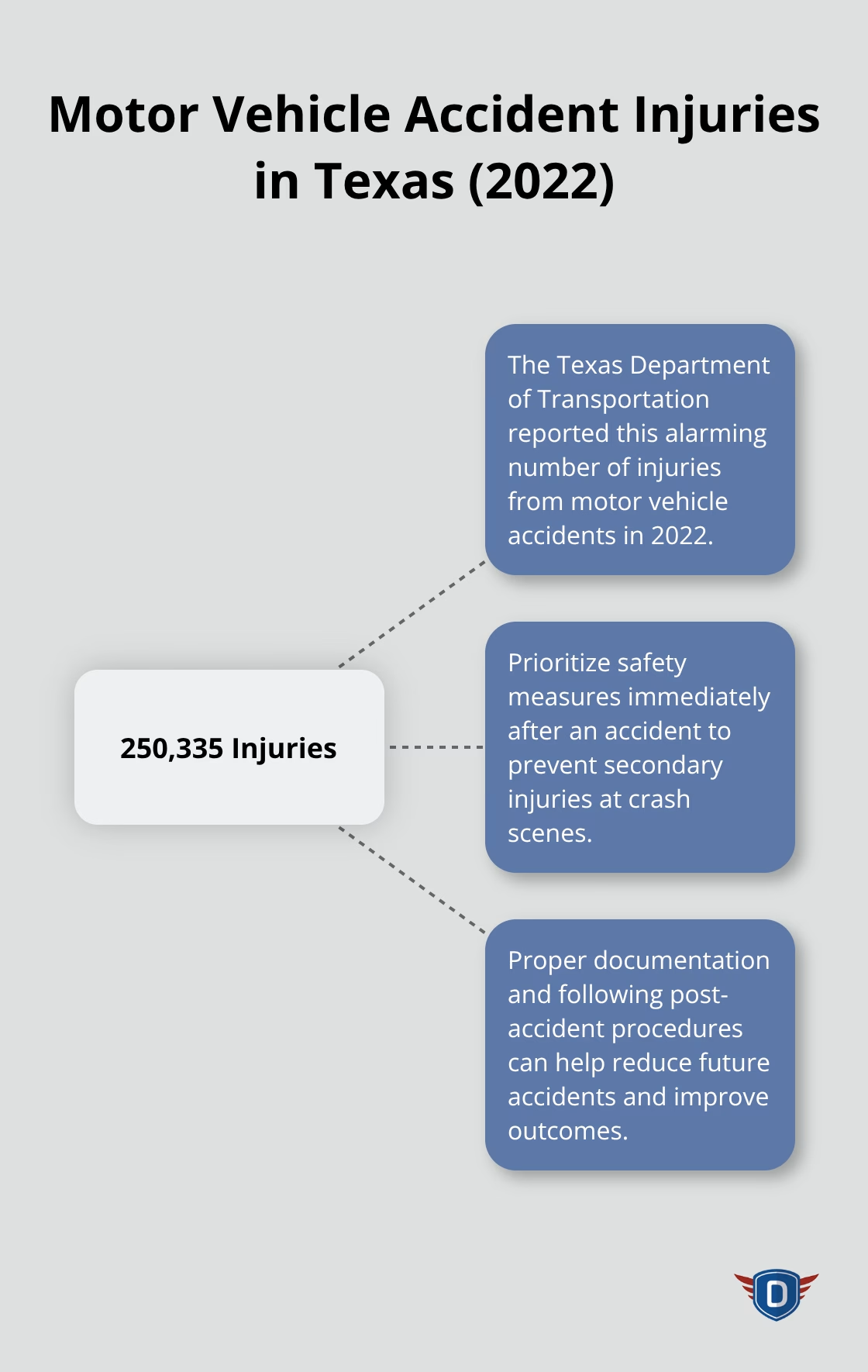
Check Everyone for Injuries Immediately
Walk around both vehicles and ask every person if they feel pain anywhere. Some injuries like whiplash or concussion symptoms take hours to appear, but this question creates a record and shows your concern. Call 911 immediately if anyone reports pain, dizziness, or confusion. Even if everyone claims they feel fine, watch for signs of shock like pale skin or disorientation. Emergency medical technicians can spot internal injuries that seem invisible at first glance.
Move Cars Away From Traffic Flow
Turn on your hazard lights before you do anything else. If your vehicle runs and steers properly, drive it to the shoulder or nearest parking lot. Research shows that crashes involving vehicles remaining in travel lanes create significant safety risks (this statistic alone should motivate you to act quickly). Never leave your car in traffic lanes while you exchange information. If your vehicle cannot move safely, exit through the door farthest from traffic and stand behind a barrier or guardrail while you wait for police.
Get Complete Driver Information
Write down the other driver’s full name, phone number, insurance company, policy number, and license plate number. Take a photo of their driver’s license and insurance card with your phone for backup documentation. Ask for their home address too. Many drivers try to settle minor accidents without insurance companies, then disappear when repair costs exceed their expectations (this happens more often than most people realize). Complete contact information prevents this common problem from turning your minor accident into a major financial headache.
Once you secure everyone’s safety and collect essential information, you need to document everything that happened at the scene.
How Do You Document Everything Properly
Your phone becomes your most valuable tool once everyone stays safe and vehicles move out of traffic. Take at least 15 photos from multiple angles that show all vehicle damage, license plates, and the accident location. Proper photo documentation helps streamline the claims process and provides crucial evidence for insurance adjusters. Photograph each vehicle from all four corners, close-ups of every dent and scratch, and wide shots that show the entire scene (street signs, traffic signals, and road conditions included).
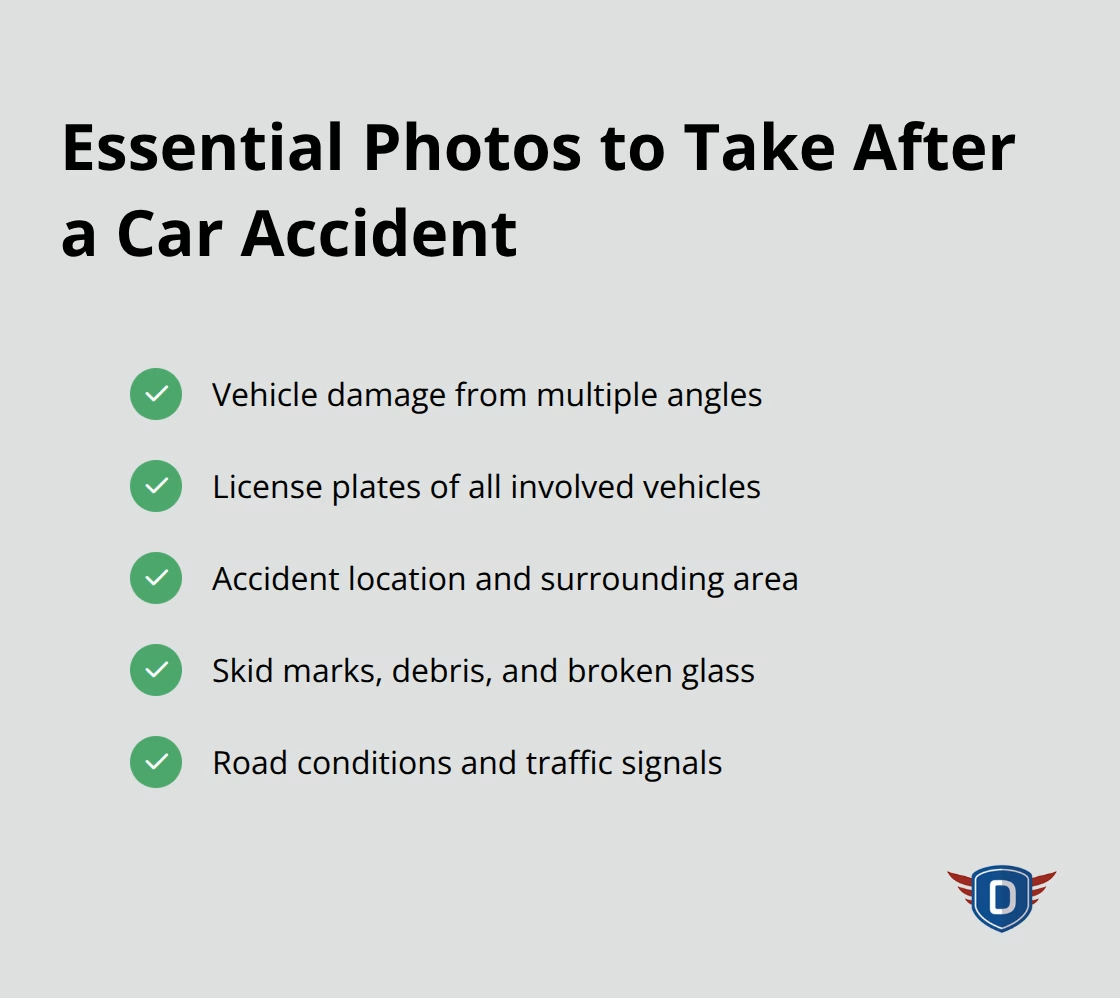
Capture Critical Scene Details
Walk around the accident area and photograph skid marks, debris, broken glass, and any property damage like damaged guardrails or signs. Take pictures of the road surface, weather conditions, and any traffic control devices that might have influenced the accident. Insurance companies use these environmental factors to determine fault, and this documentation often saves drivers thousands in disputed claims. Write down the exact time, date, weather conditions, and light conditions in your phone’s notes app while you stand at the scene.
Collect Witness Information Fast
Approach anyone who saw the accident happen and ask for their name and phone number. Most witnesses leave within five minutes of an accident, so speed matters here. Ask each witness to briefly describe what they saw and record their statement on your phone’s voice memo app. Witness statements play a crucial role in helping insurance companies assess responsibility and determine fault in accident claims. Never assume the other driver will provide honest details to insurance companies later (this assumption costs many drivers significant money).
File Police Reports Strategically
Call police even for minor accidents because insurance companies trust official reports over driver statements. Florida state driving laws require written accident reports within ten days if property damage exceeds $250, while Texas mandates reports for any injury or damage over $1,000. Many states dispatch officers only for injury accidents, but you can still file a report at the nearest police station within 24 hours. Police reports create official documentation that prevents the other driver from changing their story or denying the accident happened completely.
With solid documentation in hand, you need to take specific actions that protect your interests and health in the days following the accident.
What Actions Must You Take After Leaving the Scene
Contact your insurance company within 24 hours of the accident, regardless of who caused the collision. The Insurance Information Institute reports that delayed reports can complicate claims processing and potentially void your coverage in some circumstances. Use your insurance company’s mobile app or 24-hour hotline to file your claim immediately.
Provide the claim representative with your photos, witness contact information, and police report number if available. Never discuss fault during this initial call. Stick to factual descriptions of what happened. Your insurance company will assign an adjuster within 48 hours who contacts the other driver’s insurance to begin the settlement process.
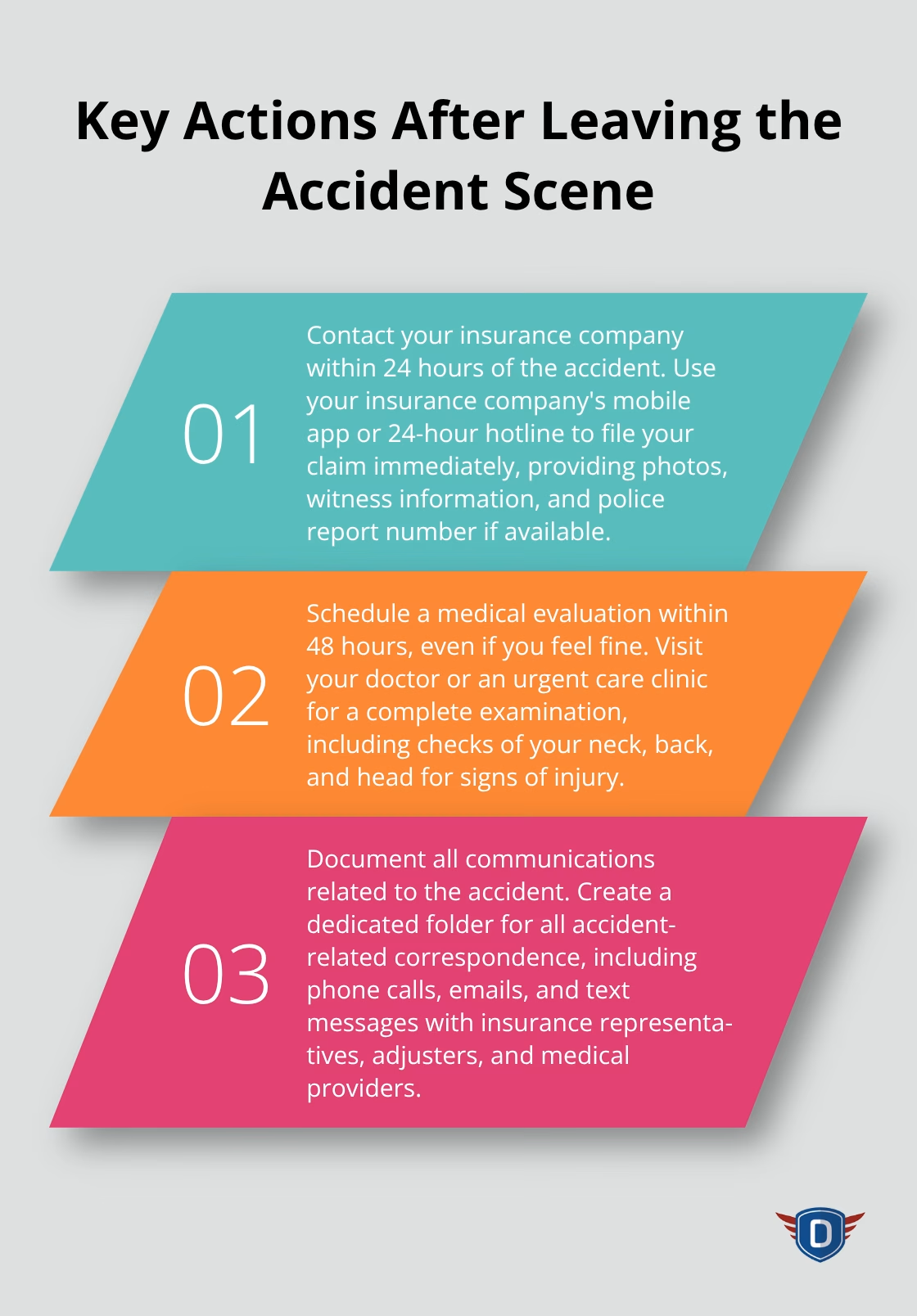
Schedule Medical Evaluation Within 48 Hours
Visit your doctor or an urgent care clinic within two days even if you feel perfectly fine. The American College of Emergency Physicians states that post-traumatic headaches can result from motor vehicle accidents and are secondary headaches caused by acceleration/deceleration injuries. Tell your healthcare provider about the accident and request a complete examination that includes checks of your neck, back, and head for signs of injury.
Ask for written documentation of your visit and any treatment recommendations. This medical record becomes essential if injuries develop later and you need to file an injury claim. Many insurance policies include medical payments coverage that pays for these examinations regardless of fault (so use this benefit immediately).
Document Every Phone Call and Email Exchange
Create a dedicated folder on your phone or computer for all accident-related communications. Write down the date, time, and content of every conversation with insurance representatives, adjusters, and medical providers. Save all emails, text messages, and written correspondence in this folder.
Record claim numbers, adjuster names, and reference numbers for easy access during future conversations. The National Association of Insurance Commissioners recommends that you keep these records for at least three years after claim resolution. Insurance companies handle thousands of claims monthly, and detailed records prevent important information from getting lost in their systems (this documentation also protects you if the other driver’s insurance company tries to delay or deny your claim later).
Final Thoughts
These steps after a minor car accident protect your health, finances, and legal position. The sequence matters: prioritize safety first, document everything thoroughly, then handle insurance and medical requirements within 48 hours. Proper documentation prevents disputes and speeds up claim resolution significantly.
Most drivers never receive formal training on what to do after a minor car accident beyond basic license requirements. This knowledge gap leads to costly mistakes that could have been avoided with proper preparation. Students who complete thorough training programs make better choices during stressful situations and understand their responsibilities as drivers (quality driver education reduces accident rates and improves post-accident decision-making).
We at floridanewdriver.com provide comprehensive driver education programs that cover accident response procedures alongside fundamental driving skills. Our certified instructors teach students how to handle real-world situations like accidents, preparing them for scenarios they hope never to encounter. Visit floridanewdriver.com to learn how proper training builds confidence and competence behind the wheel.

![What to Do After a Minor Car Accident [Checklist]](https://floridanewdriver.com/wp-content/uploads/emplibot/what-to-do-after-a-minor-car-accident-hero-1760584094.avif)
